Vuelta a España 2020: Five things to look out for during the second week
The Vuelta begins its second week which is packed full of climb with a particular sting in the tail next Sunday
Richard Carapaz looks to continue Ineos Grenadiers winning streak
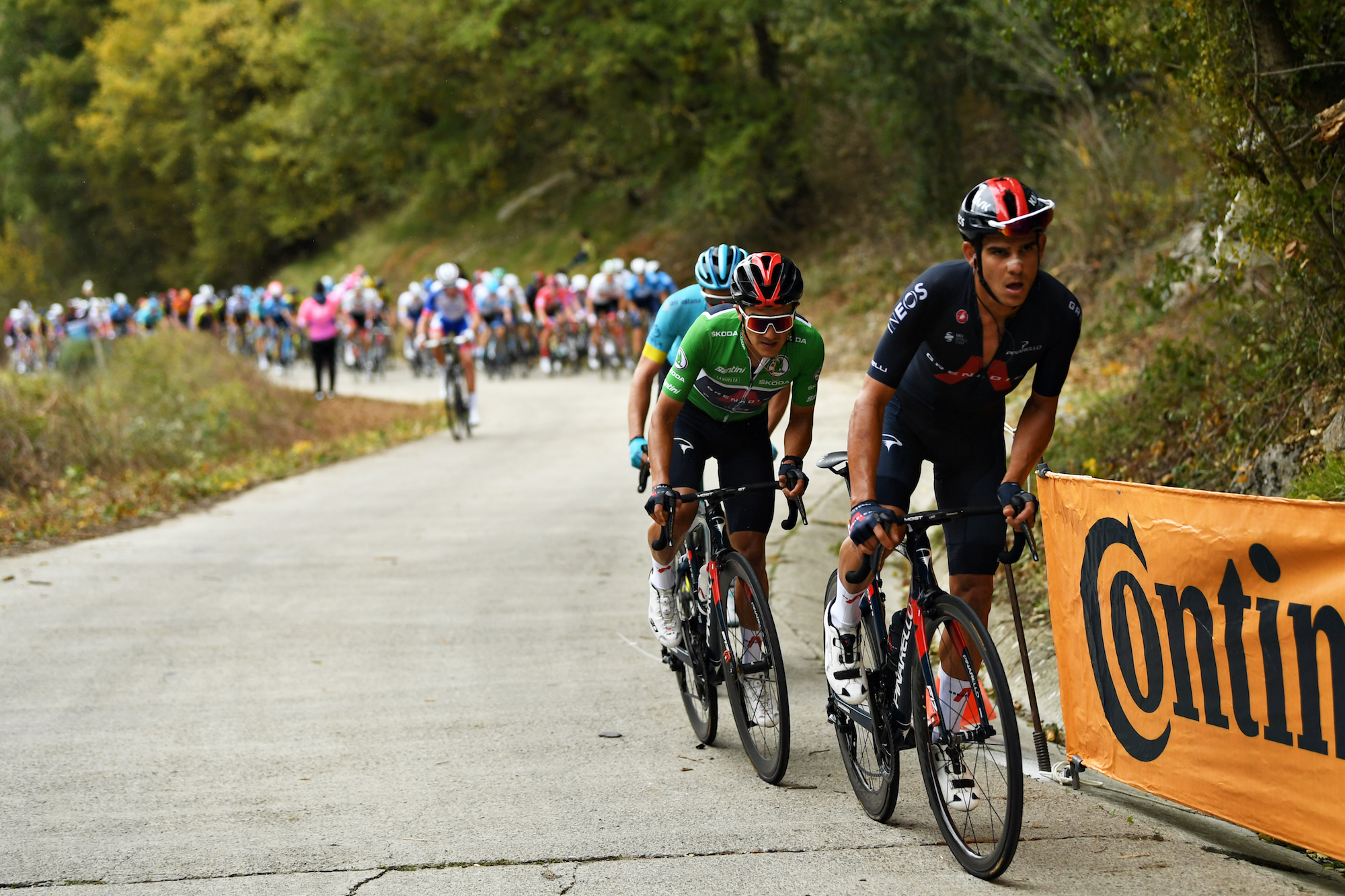
There’s a jubilant atmosphere in the Ineos Grenadiers camp at the moment following Tao Geoghegan Hart’s overall win and the team’s stunning all-round performance at the Giro d’Italia, and Richard Carapaz will be hoping to prolong the good vibes in Spain.
The Ecuadoran begins the second week of the Vuelta a España in the leader’s red jersey, having not put a foot wrong so far. He finished right on the wheels of first Primož Roglič then Dan Martin’s for their victories on stages one and three respectively, then dropped them both on the climb to Formigal on Sunday to leapfrog them both at the top of the general classification.
>>> Primož Roglič lost Vuelta a España lead after having a problem with his rain jacket
He’s also shown a real willingness to ride aggressively, twice attacking on descents in wet conditions while everyone else rode more cautiously. He may rein that more gung-ho approach now he’s in the jersey, but his rivals will have to keep an attentive eye for any more surprise moves he might make.
Domestiques Iván Sosa and Andrey Amador have already done great jobs looking after him, and will be reliable lieutenants as Ineos Grenadiers look to implement their familiar black train up the mountain summit finishes (of which there are another three this week). If Chris Froome can also build towards some form this week, Carapaz will have a surplus of support to help him defend the red jersey.
Multiple contenders still in play
Get The Leadout Newsletter
The latest race content, interviews, features, reviews and expert buying guides, direct to your inbox!
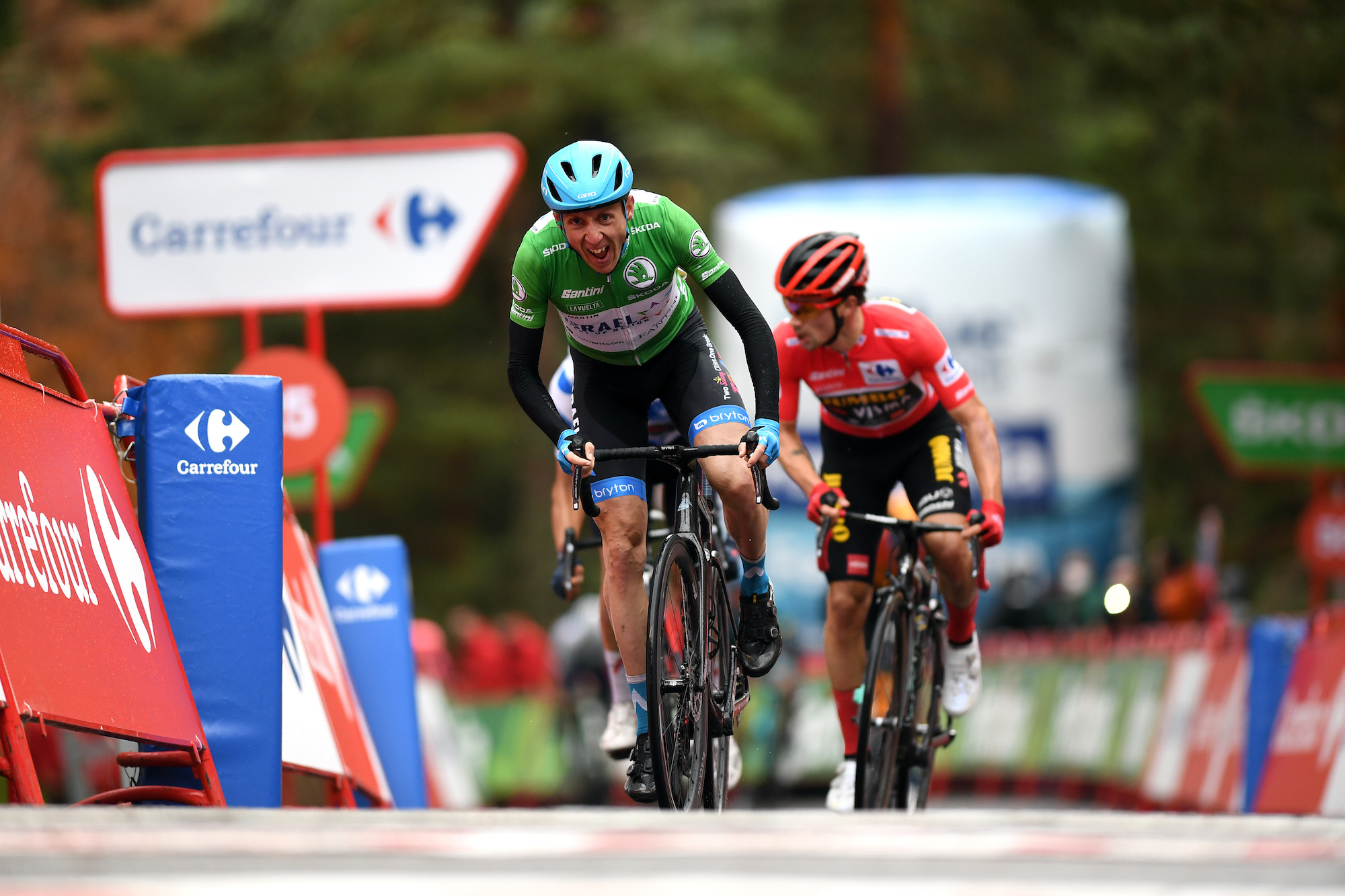
Despite all the mountains featured in the first week, there remains many riders still in overall contention, with three riders within just 30 seconds of Richard Carapaz.
Hugh Carthy (EF Pro Cycling) is currently second place, and ended the first week on a high by taking time on everyone with an attack on Formigal. Heading into the second week of a Grand Tour as an overall contender is uncharted territory for the 26-year-old, so it remains to be seen whether he can maintain this form, but one thing for sure is that he’s currently riding better than he ever has in his career.
More familiar with this scenario are Dan Martin (Israel Start-Up Nation) and Primož Roglič (Jumbo-Visma) in third and fourth respectively. Roglič blamed his time losses yesterday on his problems getting into his rain jacket, and the subsequent extra effort he had to make to return to the front of the race rather than any declining form. If the Slovenian is indeed still at his best, he’ll be a hard man to beat.
Outside of the top four, Movistar have both Enric Mas (at 1-07) and Marc Soler (1-42) well-placed on GC. Mas appeared to be their leader at the start of the race, but Soler has looked very strong since winning in Navarre on stage two, and performed better on yesterday’s summit finish. After years spent riding as a domestique, this might be his long-awaited chance to lead the team at a Grand Tour.
Finally, if this year’s Giro has taught us anything, it’s not to yet write off riders who have lost time early on, so keep an eye out for the likes of Bahrain-McLaren’s Wout Poels (currently at 3-19) and Groupama-FDJ’s David Gaudu (3-47) to potentially storm up the rankings after their strong showings at Formigal.
Lots more climbing

Despite an opening week that was difficult either by Vuelta standards, the climbing doesn’t let up at all in the second week as the riders are sent to climb many of the hills and mountains of northern Spain.
They begin tomorrow in the Basque Country, for a stage held on rolling terrain and featuring the category one Puerto de Orduna. Gaining time here will be difficult, given that the summit arrives with 20km still to ride until the finish, but there’s an opportunity here for ambitious, clever riders seeking to gain an advantage.
>>> Vuelta a España 2020 route: Details of the revamped 18-stage Grand Tour
More clear cut will be the Alto de Moncalvillo at the end of the following stage. Averaging over 9% for 8.3 kilometres, this is the hardest summit finish of the race so far, and will give us the most honest indication yet of which of the GC contenders are the strongest.
Following a couple of flat stages, the riders are sent climbing again on stage eleven for a finish in Asturias atop the Alto de la Farrapona. Although the riders will inevitably have one eye on what’s to come the following day (more on that later), this is simply too hard a climb to not reserve maximum effort for.
The hardest mountain in cycling
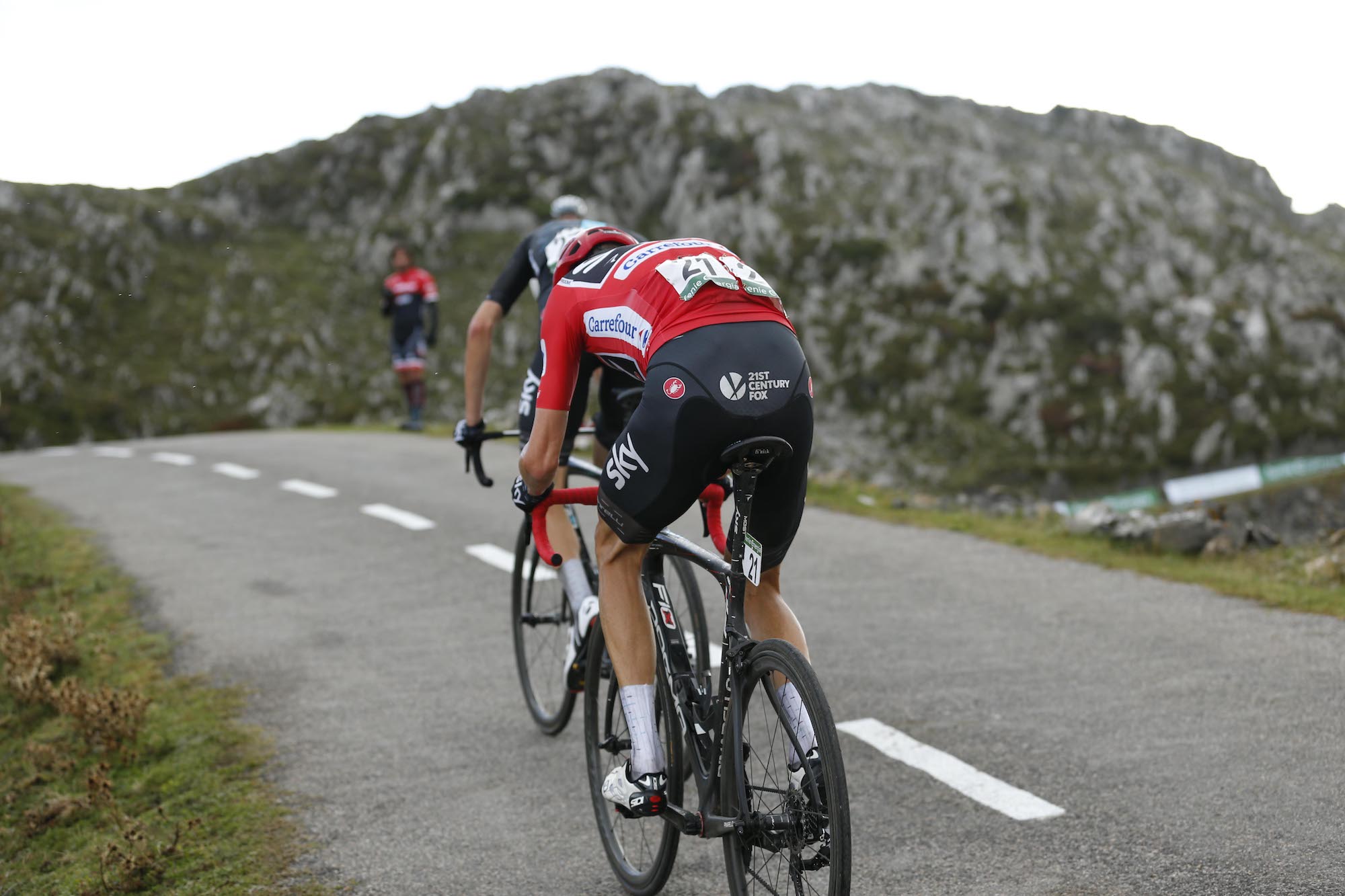
If you can only catch one stage of the Vuelta, make sure it’s Sunday’s stage finishing atop the Angliru. This promises to be one of the highlights not just of the Vuelta, but of the season as a whole, as the riders take on a climb regarded by many to be the hardest in professional cycling.
There’s nothing quite like the Angliru. Once the gradient kicks up to over 13 per cent after five kilometres of climbing, it doesn’t let up for another seven kilometres, making for a truly agonising experience that reduces even the sport’s very greatest to exhausted wrecks capable only of crawling up the climb one painful pedal-stroke at a time.
Even before the riders reach the foot of the Angliru, they have to first get over four other climbs in the opening 88km, including two first category mountains. It might only be the shortest stage of the race at only 109km, but it is also going to be the hardest.
We saw with the Stelvio at the Giro how much one single climb, if hard enough, can turn a race on its head, and that may again be the case on the Angliru. Riders who have performed well up until now could lose the race on its slopes if on a bad day, while a good day here could form the groundwork for a successful red jersey challenge.
A couple of chances for the sprinters

In between all this climbing are two stages that could end in bunch sprints.
Stage nine is pan flat, without even a single categorised climb all day, while stage 10 also leans towards the sprinters despite featuring more rolling terrain.
Sam Bennett (Deceuninck-Quick-Step) triumphed in the other bunch sprint of the race so far, and will therefore be the favourite for both of these stages — especially given how, as his victory in the points classification at the Tour de France proved, he is able to handle the odd hill here and there.
If Pascal Ackermann (Bora-Hansgrohe) can get a clear run-in to the line, however, he’ll pose a real threat. The German has a top-speed that can match Bennett’s, but is held back a little by a lead-out train that isn’t quite as strong as Deceuninck-Quick-Step’s, and isn’t as resistant to hills.
Aside from Ackermann, there aren’t many present at the Vuelta even capable of getting close to Bennett in a straightforward sprint. One notable exception is Jasper Philipsen (UAE Team Emirates), the 22-year-old who gave Bennett a fright by opening his sprint surprisingly early on stage four, and who is improving rapidly as a sprinter.

Thank you for reading 20 articles this month* Join now for unlimited access
Enjoy your first month for just £1 / $1 / €1
*Read 5 free articles per month without a subscription

Join now for unlimited access
Try first month for just £1 / $1 / €1
Stephen Puddicombe is a freelance journalist for Cycling Weekly, who regularly contributes to our World Tour racing coverage with race reports, news stories, interviews and features. Outside of cycling, he also enjoys writing about film and TV - but you won't find much of that content embedded into his CW articles.
-
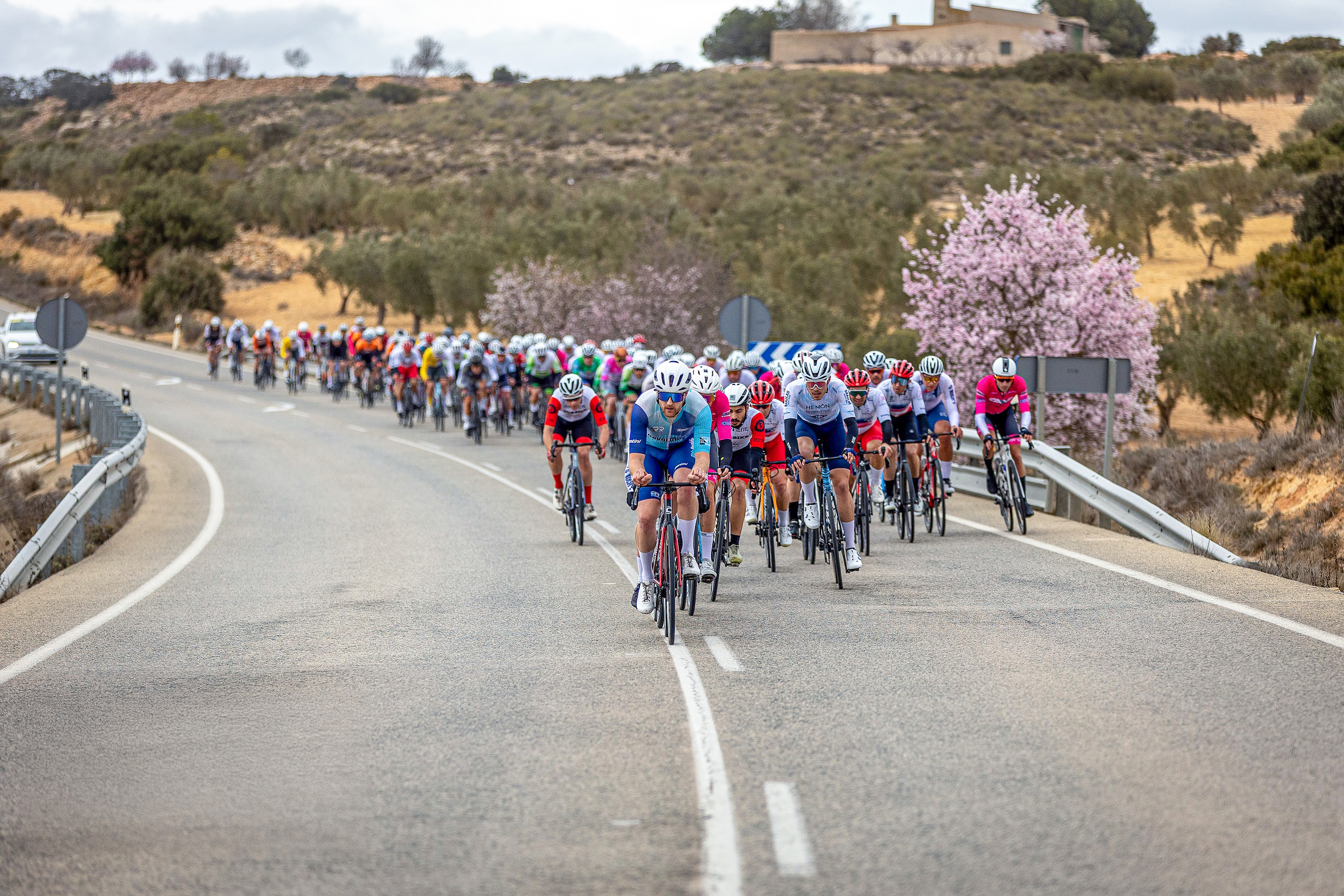 Why the silence? Are there really no gay riders in the men's pro peloton?
Why the silence? Are there really no gay riders in the men's pro peloton?Despite growing LGBTQ+ visibility in other sports, representation in male pro cycling remains entirely absent. David Bradford speaks to British racers and asks, why the stubborn silence?
By David Bradford
-
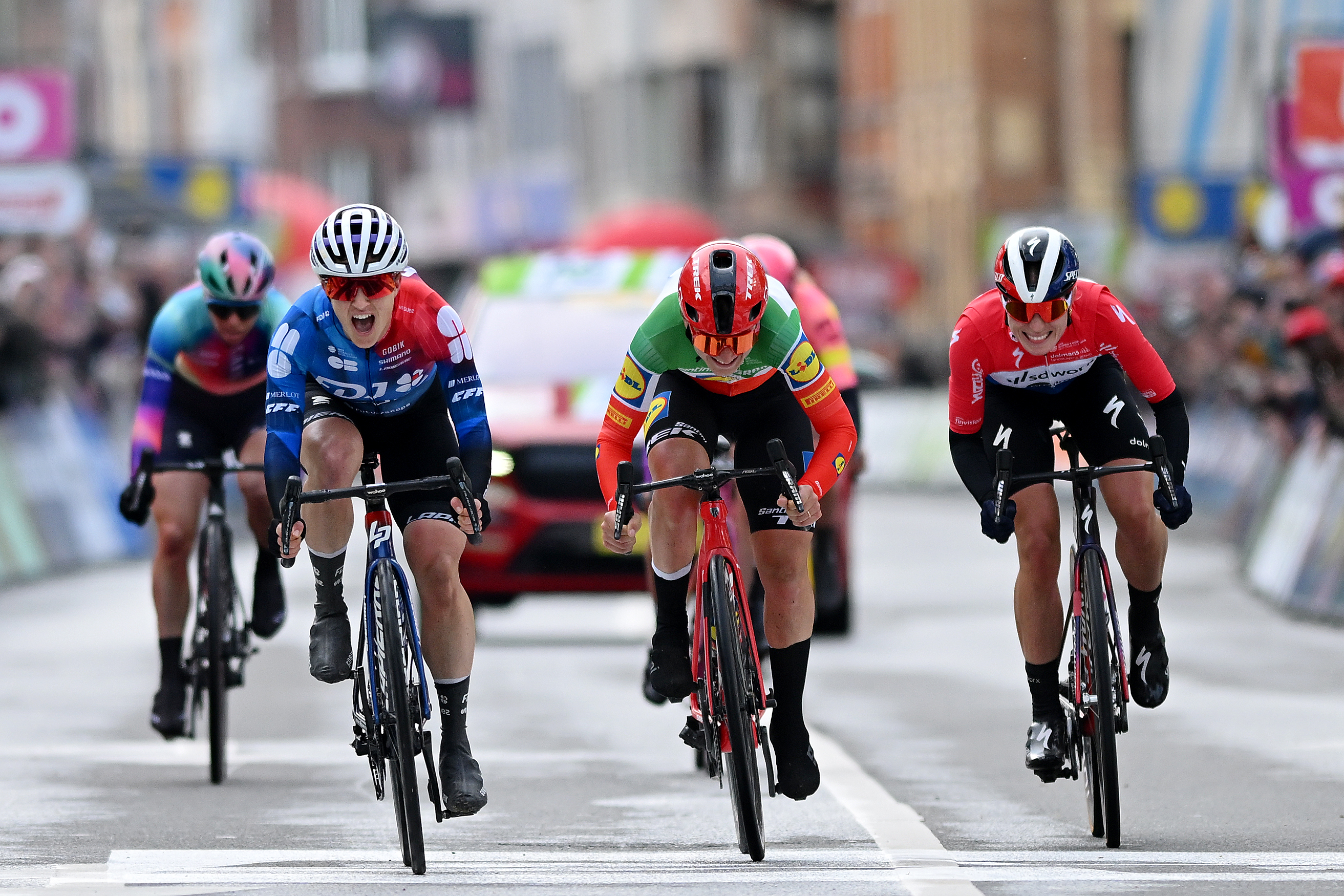 Tadej Pogačar's hat-trick, La Redoute, and Dutch delight: Five things to look out for at Liège-Bastogne-Liège 2025
Tadej Pogačar's hat-trick, La Redoute, and Dutch delight: Five things to look out for at Liège-Bastogne-Liège 2025The oldest professional bike race in the world takes place this Sunday – here's how to watch, who to watch, and what to watch out for
By Adam Becket